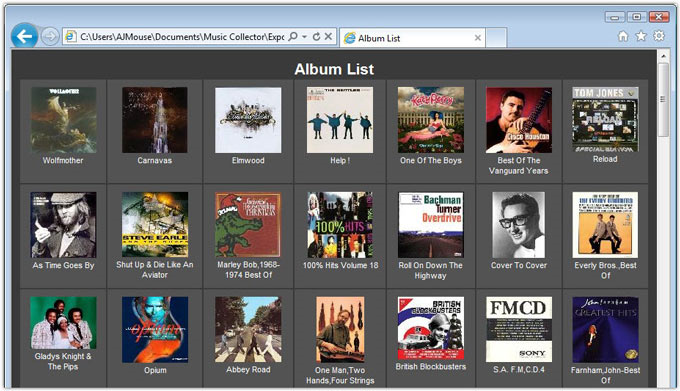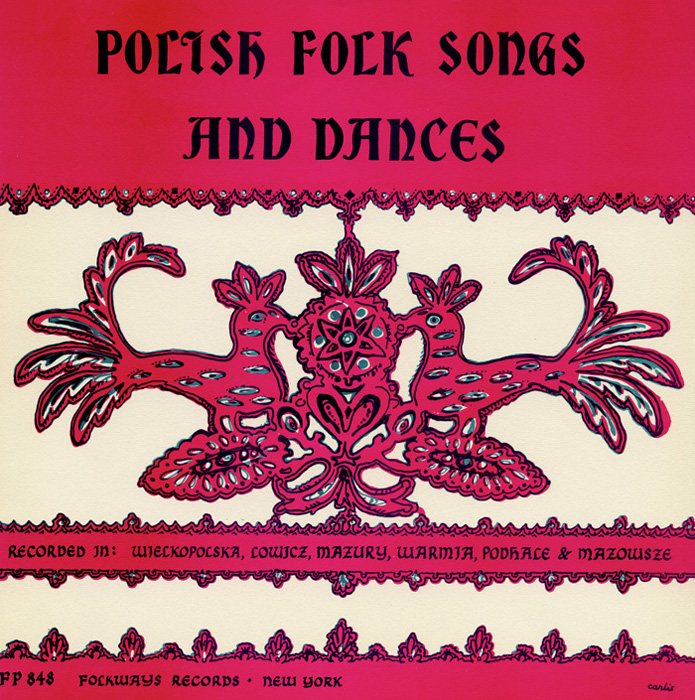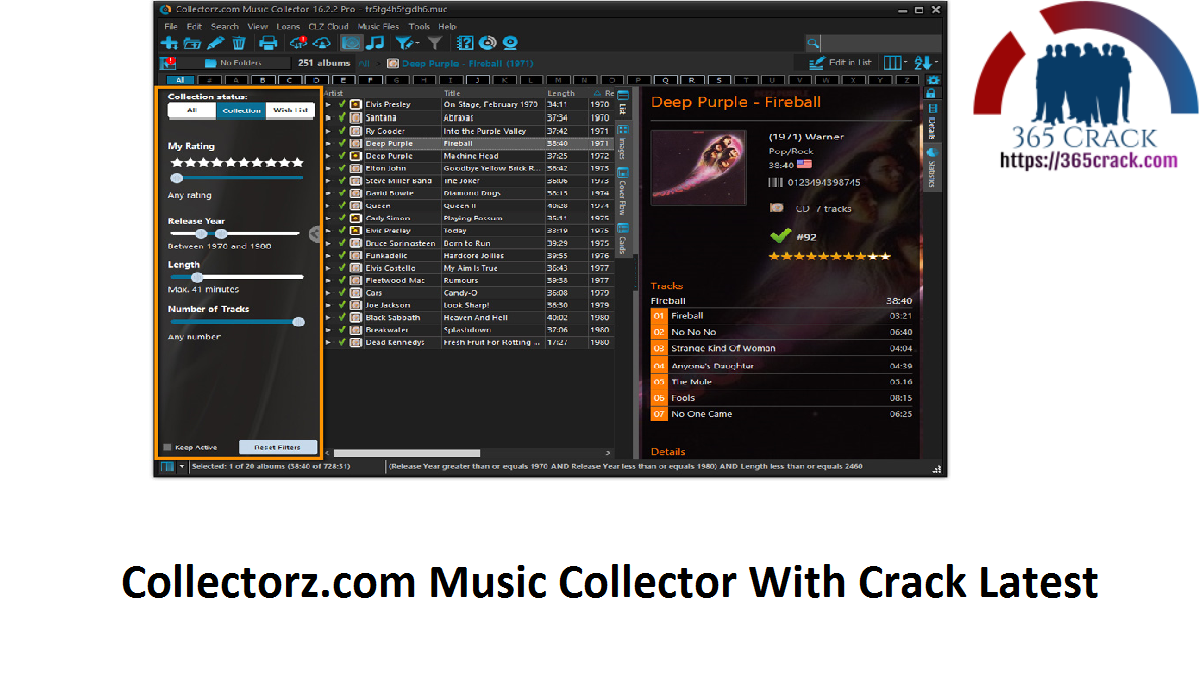


He was a famous improviser and a prolific composer of organ and liturgical music, but he is best remembered for his Folk-lore ó Cancionero salmantino (Madrid, 1907/ R), which contains 404 melodies collected from the rich oral tradition of his native province. After serving as an organist at a local church, Ledesma became organist at the cathedral in Ciudad Rodrigo (1889–98) and at Salamanca Cathedral (1898), a post he held until his death. His talent as a musician was nurtured during his early childhood. Spanish folklorist, organist and composer. ( b Ciudad Rodrigo, d Salamanca, June 13, 1928). Nevertheless, some of the greatest treasures, including a number of Beethoven sketchbooks, found their way into the Königliche Bibliothek (later called the Preussische Staatsbibliothek) in Berlin most of them remain in the collections of the Deutsche Staatsbibliothek and the Staatsbibliothek der Stiftung Preussischer Kulturbesitz in Berlin. But many of the choicest items appear to have vanished (this statement is derived from Fétis, who seems to have known Landsberg by correspondence and received from him a manuscript catalogue on which he based his comparisons). At his death, his heirs conveyed part of the collection to Breslau and part to Berlin, and catalogues were prepared to enable it to be acquired by music lovers. His wide knowledge helped him to amass a valuable library, drawn from all over Italy and Germany. He also devoted himself intensively to the study of early music and musical literature. He studied the piano and organized successful amateur concerts. After beginning his career as a tenor in the chorus of the Royal Opera House in Berlin, he settled in Rome and lived there for 24 years. Lambrechts-Douillez was a founding member in 1960 of the International Committee of Musical Instrument Museums and Collections (CIMCIM), serving as its president from. For guidance in the preservation of historical harpsichords she sought advice from John Henry van der Meer and members of the Galpin Society, with whom she built strong connections that helped bring the Vleeshuis collection to international attention, especially among instrument builders and early-music performers. Specialist visitors to the museum, including Raymond Russell and Frank Hubbard, encouraged Lambrechts-Douillez to undertake archival research on the Ruckers family, resulting in seminal publications.

She started her career in 1953 at the Vlees-huis museum (Antwerp), where she cared for a small collection of historical instruments including Ruckers harpsichords in intact condition. She studied at the University of Ghent from 1948 to 1952 and received the PhD (1957) with a dissertation on music at the Burgundian-Habsburg court in the Netherlands. His article “The Musical Instruments of Benjamin Crehore” was awarded the Frances Densmore Prize in. He has also created an inventory of musical instruments in museums and historical societies throughout New England.
Folk music collector free#
Kuronen’s research on the history of musical instrument manufacturing in the United States has focused particularly on pianos, violins, guitars, and free reeds. His tenure has included the exhibitions “Dangerous Curves: Art of the Guitar” (2000), and “Sounds of the Silk Road: Musical Instruments of Asia” (2005). Since 1986 he has worked at the Museum of Fine Arts, Boston, as assistant curator (1986–1995) and subsequently curator of musical instruments (from 1995) in 2010 he was named the first Pappalardo Curator of Music Instruments. While an undergraduate, he served as research assistant at the National Music Museum.

He studied cabinet making at Western Dakota Vocational-Technical Institute (1978) and harpsichord (BM 1982) and the history of musical instruments (MM 1986) at the University of South Dakota. Membranophones (Stretched Membrane Percussion) Music Business, Institutions and Organizations


 0 kommentar(er)
0 kommentar(er)
